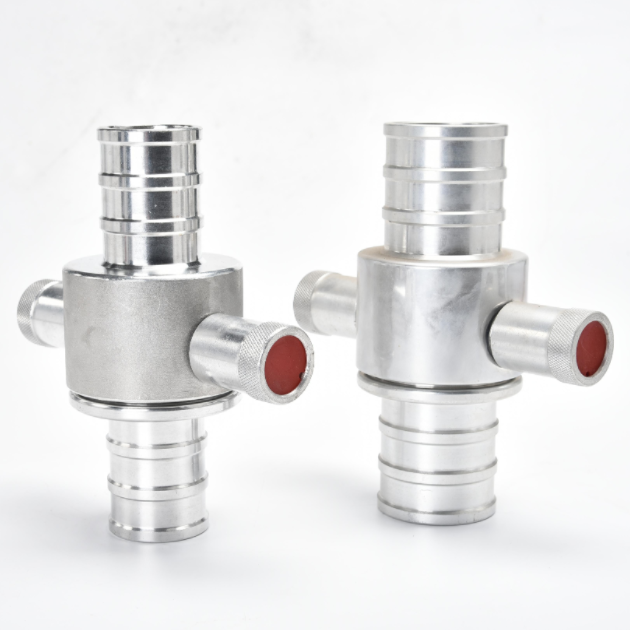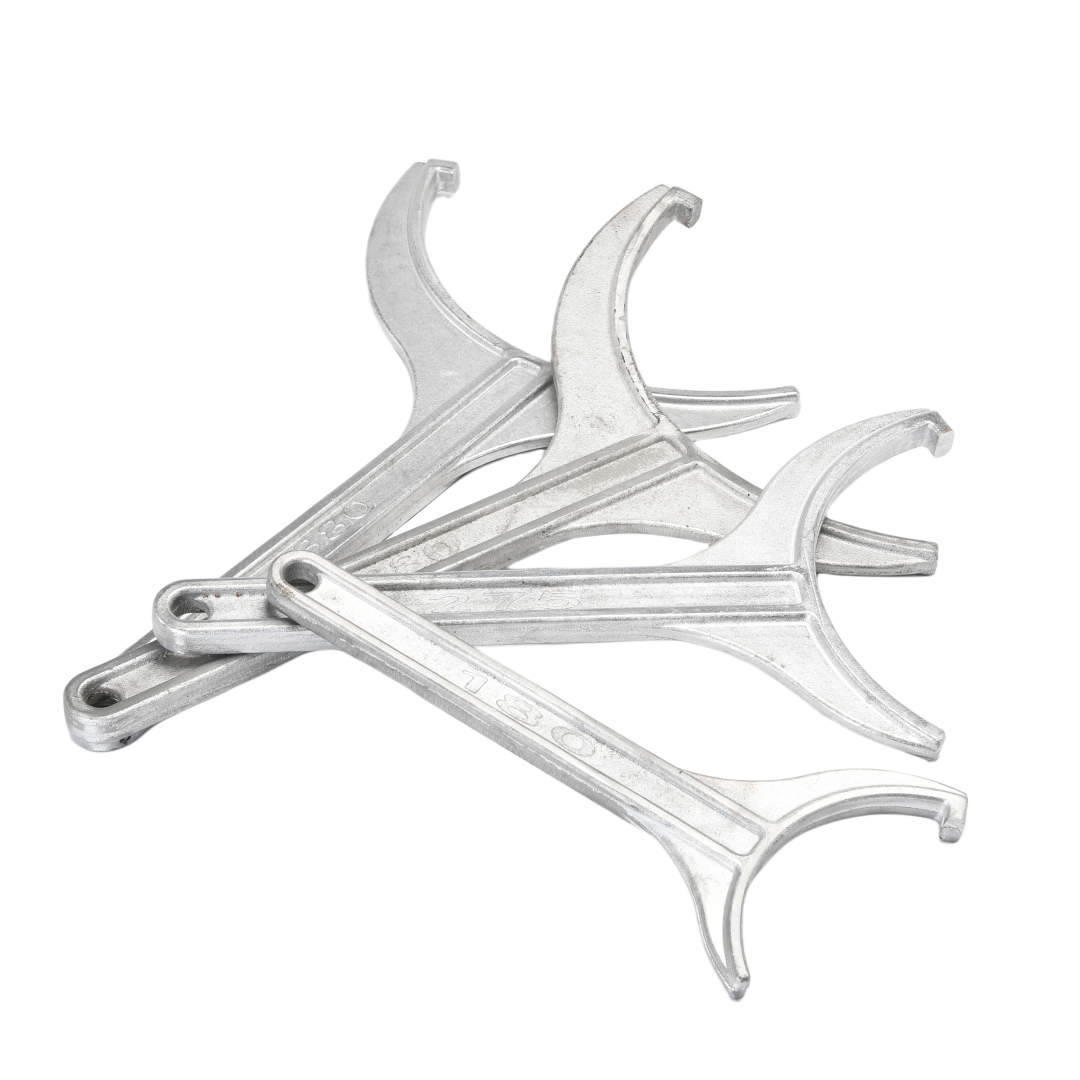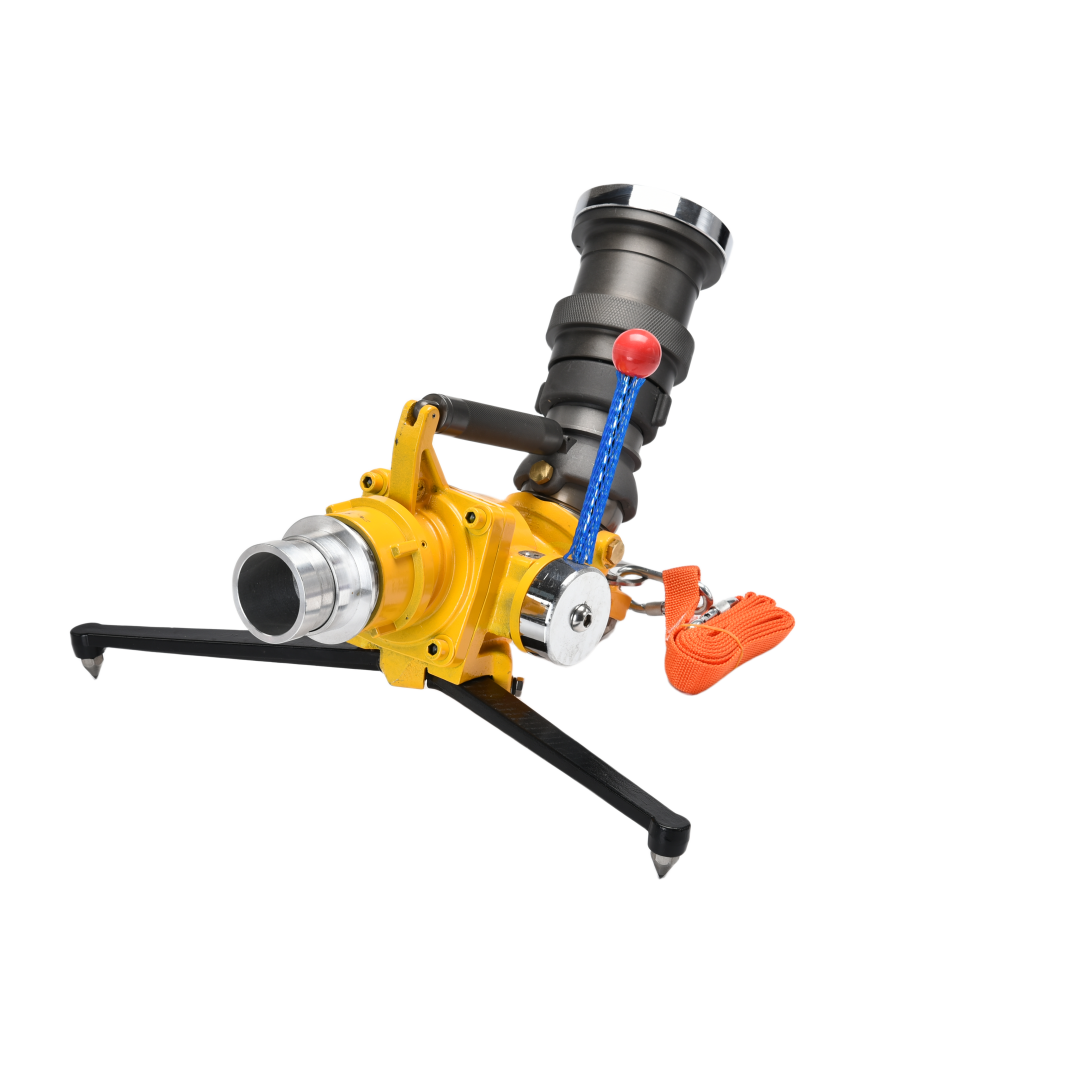1
Products Description
Foam branch pipe nozzles, also known as foam nozzles or foam making branches, are firefighting tools designed to effectively deliver foam onto a fire. Foam is used primarily on fires involving flammable liquids (classified as Class B fires) where water is not effective or might even spread the fire. The foam produced by these nozzles can smother the fire by creating a barrier between the fuel and the air (oxygen), thus extinguishing the flames.
Here are some key features and considerations for foam branch pipe nozzles:
-
Mixing Mechanism: The nozzle allows for the mixture of foam concentrate with water to form a foam solution. As the solution flows through the nozzle, it is aerated to create the fire-suppressing foam. Some nozzles may have built-in foam chambers or mixing devices to ensure proper foam quality.
-
Expansion Ratio: Foam branch pipe nozzles are designed to create an expansion of the foam, which is the ratio of the volume of foam produced to the volume of the foam solution. High-expansion foams are used for enclosed spaces, while low-expansion foams are commonly used for open areas and spills.
-
Types of Foam: Different types of foam concentrates can be used, such as Aqueous Film Forming Foam (AFFF), Alcohol Resistant (AR) foam, or protein foams, depending on the types of fires they are intended to extinguish and the compatibility with the foam nozzle.
-
Flow Rates: Foam nozzles have specific flow rates that correspond to the amount of water (and hence foam solution) that can flow through them. It’s important to match the nozzle’s flow rate with the delivery capabilities of the foam proportioner and the pumping equipment.
-
Operating Pressure: The nozzles are designed to operate within certain pressure ranges, usually expressed in psi (pounds per square inch) or bar. It is crucial for the nozzle to work within these ranges to ensure effective foam application.
-
Materials: Common materials used to construct foam branch pipe nozzles include lightweight alloys, brass, or other materials that are resistant to corrosion.
-
Usability: Some foam nozzles are equipped with control valves and handles for ease of operation, allowing firefighters to accurately direct the foam stream and adjust the flow rate as needed.
-
Nozzle Shape: The design of the nozzle can influence the throw distance and pattern of the foam. For example, some nozzles are straight, while others have a curved design to allow for more versatile application angles.
-
Standards and Certification: Foam nozzles should meet specific industry standards and certifications to ensure reliability and safety during firefighting operations. Common standards include those from the National Fire Protection Association (NFPA) or specific standards in other countries.
Using the right foam branch pipe nozzle is critical for effective fire suppression, particularly when dealing with hazardous material fires or industrial fire scenarios. Coordination with foam agents, proper training in use, and matching equipment capabilities are all necessary for the best outcomes in firefighting efforts.
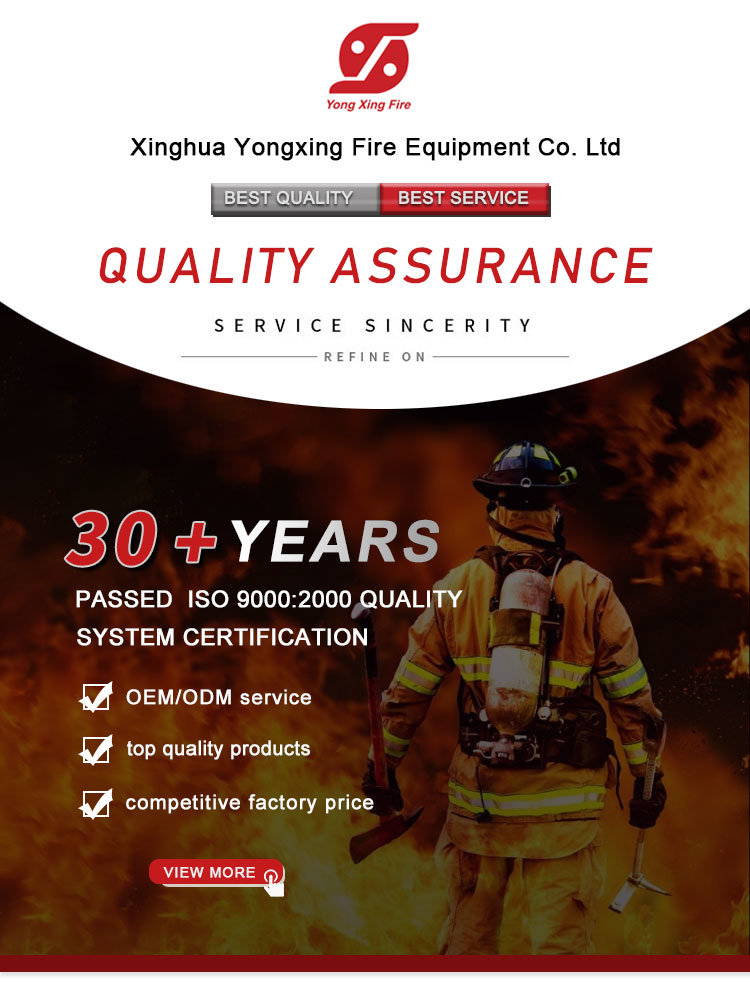
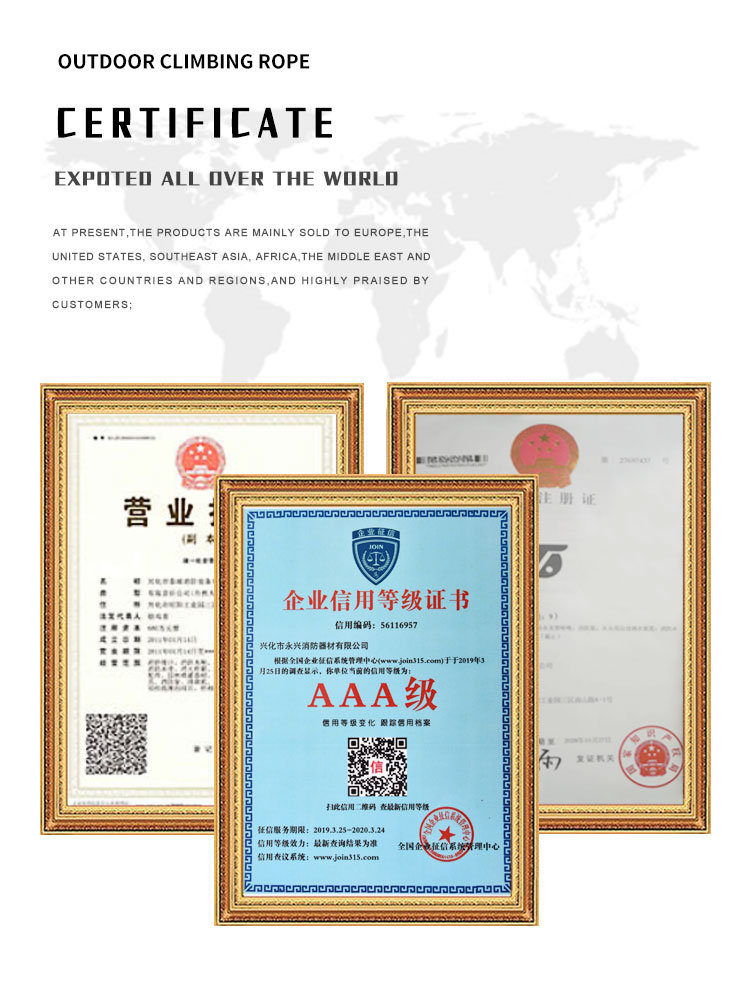


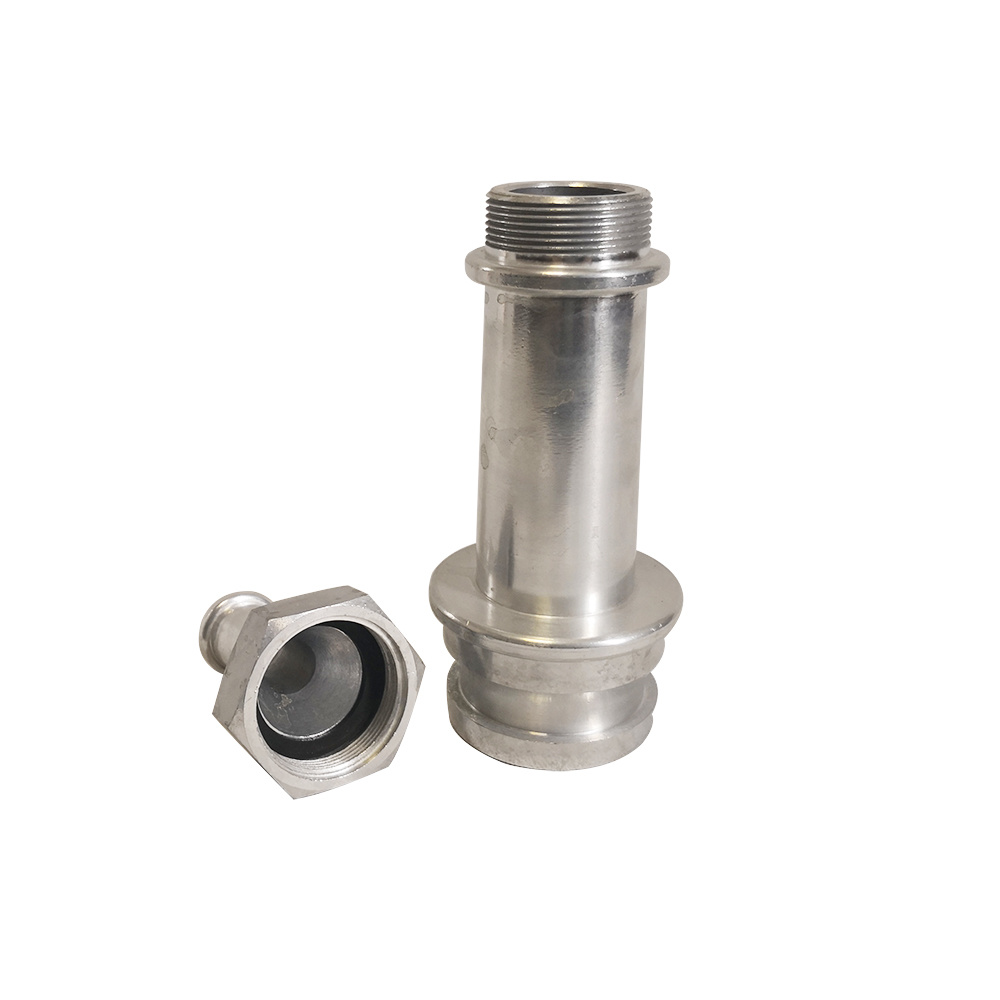

XHYXFire
British Type Fire Water Gun
2,5″ British branch pipes ( fire hose nozzle), aluminum nozzle
Fire hose nozzle & Branch Pipe, is a device attached to the end of a fire hose that directs shapes and regulates the flow of the water or fire fighting agent pumped into the hose.
Type: German, British, American, Russian available.
1) Material: Brass or aluminium
2) Process: Casting process
3) Size: 1-1/2″, 2″, 2-1/2″
4) Qualitied member of NFPA
5) Pressure durable
| Model | Nominal diameter | Work pressure(Mpa) | Maximum range(m) | Applicable medium | |
| Water intake | Outlet | ||||
| QZG3.5/7.5 | 65 | 19 | 0.35 | 28 | Water/Foam mixture |




Q 1::What are the advantages of our factory? A1::Our factory is specialized in manufacturing hose coupling for 30 years,and our promise is to provide our world-class quality, on-time delivery and excellent after-sales services Q2::How about our products? A2::Our products are famous for the good quality and good watering effect,and also you can get the free samples to do a test of the quality and watering effect. Q3::How about hose specifications? A3::We can produce lay flat hose according to your request on Inner Diameter, working pressure,color and length per roll. Before send you right quotation, please kindly confirm with us. Q4::How about get the samples? A4::You can get the samples for freejust pay for the sample freight.We will set it by DHL,FEDEX,UPS,TNT,EMS. Q5::What is the minimum order quantity?(MOQ) A5::Usually our MOQ is 3000 pieces, but for first cooperation we also accept little order, so any order is welcomed. Q6::How about delivery ? A6::We can send to you by sea/air/express according to you, usually deliver within 7-10 working days after receive deposit.




